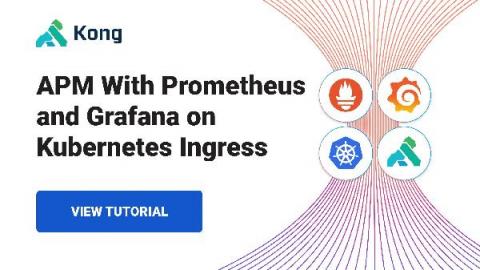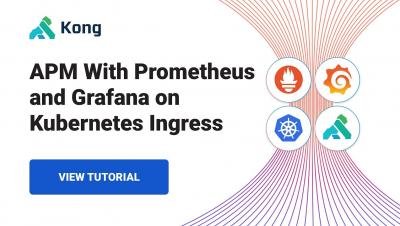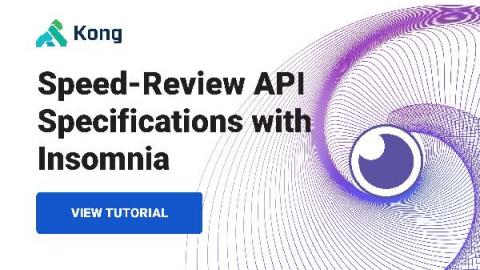Systems | Development | Analytics | API | Testing
Kong
Microservices Monitoring and Logging with Kong Konnect
2 Approaches to Microservices Monitoring and Logging
We’re seeing a massive shift in how companies build their software. More and more, companies are building—or are rapidly transitioning—their applications to a microservice architecture. The monolithic application is giving way to the rise of microservices. With an application segmented into dozens (or hundreds!) of microservices, monitoring and consolidated logging become imperative.
Kong Summit Day 1: 10 Exciting Announcements & More!
We are now deep into our most anticipated event of the year, Kong Summit 2021 (there’s still time to register for Day 2!). More than 4,000 people have registered from 87 countries for the virtual event. After a full day of knowledge and surprises, we are excited to recap the most memorable moments from today.
New Products at Kong Summit 2021 - Kong Istio Gateway, Kong Gateway 2.6, Kong Mesh 1.5 and More!
Today at Kong Summit, we are thrilled to announce several new products, features and capabilities across our entire service connectivity platform with the goal of making service connectivity as invisible and easily consumable as electricity. These updates include making the Kong Istio Gateway integration generally available and debuting Insomnia Projects. We’re excited to share them with you all.
Do you know the correct way to say kubectl?
Giving Your Legacy Applications an API Facelift
Let’s face it: In today’s modern world of cloud and containers, there are still thousands of legacy applications that were not written with an API-first approach. Some legacy systems can still provide tremendous value today, but the means for accessing them are completely out of date, thus rendering them almost useless.
APM With Prometheus and Grafana on Kubernetes Ingress
While monitoring is an important part of any robust application deployment, it can also seem overwhelming to get a full application performance monitoring (APM) stack deployed. In this post, we’ll see how operating a Kubernetes environment using the open-source Kong Ingress Controller can simplify this seemingly daunting task! You’ll learn how to use Prometheus and Grafana on Kubernetes Ingress to simplify APM setup.
APM with Prometheus and Grafana on Kubernetes Ingress
Speed-Review API Specifications with Insomnia
As the software application world moves from monolith architectures to microservices, we are also seeing a shift toward developing modular and reusable APIs. According to APIOps, reusable APIs are consumable APIs, which means they must be well-documented and compliant. The separation between the designers, builders and consumers of an API grows larger and larger, making the API specification even more central to that API’s success.











